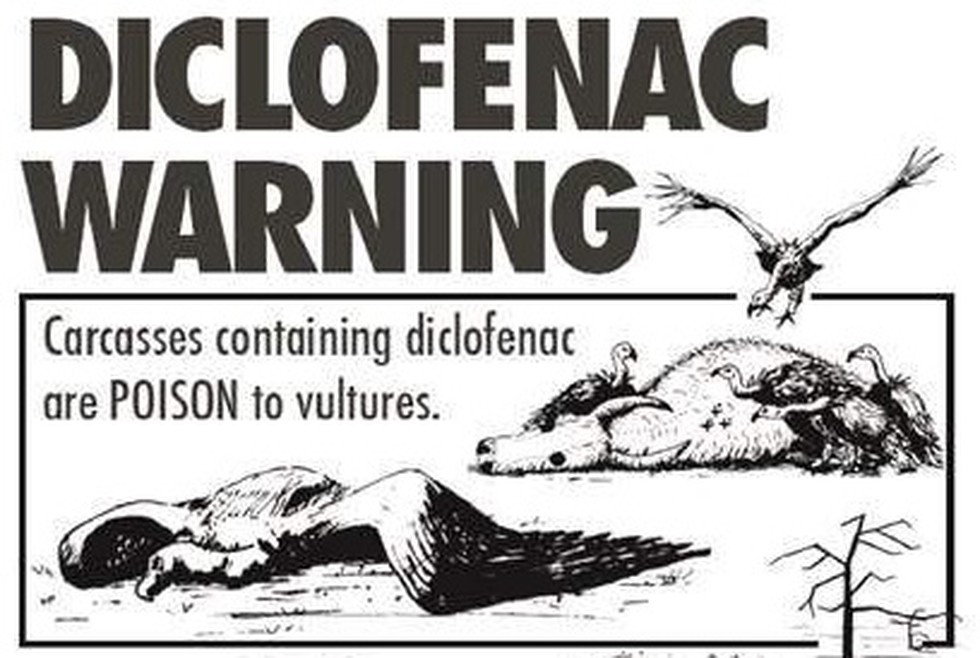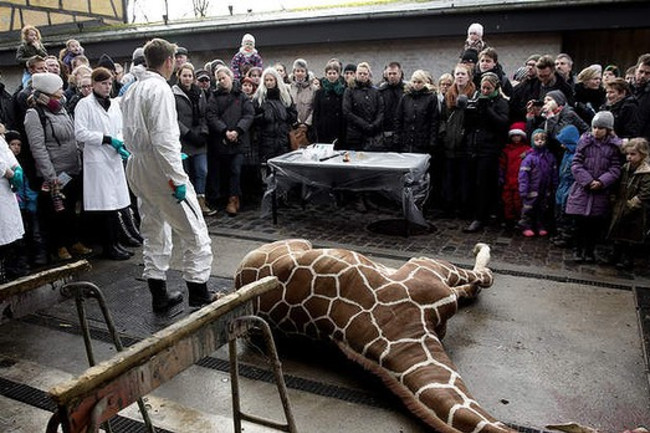
Students of the Animal Ethics and Welfare third year module had the privilidge of visiting behind the scenes of Chester Zoo – a seminar presented by the ethical advisors for the zoo provided the careful considerations captive animal institutions must make.
Zoos can face a dilemma in the business of conservation – balancing a profitable tourist exhibit whilst putting the preservation of animals and wider habitat as a priority.
Historically, Zoos were rooted in the business of private exhibitions of the natural world. The Victorians adored collecting treasures and bringing them home in boxes for the public to admire, live animals included. Their historical role was described as ‘Repositories of biodiversity for the public to visit’. However, during the modern biodiversity conservation ideology, zoos have been put in the spotlight to push their role towards the preservation of species, and away from a money making tourist attraction.

A glaring and necessary development of enclosure welfare was improved, alongside the Animal Welfare Act 2006 (England and Wales) and the Zoo liscencing Act 1981 (England and Wales) legislation. Significant improvements were made nationally, including providing enrichment, the provision of the five freedoms, and stress reducing studies.
However, modern day Zoos face ethical dilemmas in a more subtle, intrinsic way to their everyday function. Case studies were shared with the group, where the Chester Zoo ethics committee have made decisions whether to approve research, movement and culling of species in the collection.
Specimens from the zoos collection are often requested to be involved in scientific proposals – from finding a cure to cancer, genetic bar-coding, toxicology and reproductive testing.
Dividing decisions have been made for science at the Zoo. Indian Vultures have been famously threatened by the toxic Bovine anti-inflammatory diclofenac drug, ingested from agricultural carrion. The zoo was approached to approve funding for animal testing on captive vultures to test the toxicology of a new drug, for the preservation of the critically endangered wilder population.
‘In South Africa we funded a study to
determine the safety of carprofen in a wild
vulture population. Carprofen is an
antiinflammatory drug used on cattle and could
provide a safe alternative to diclofenac, a
widely used drug which proves fatal when
vultures feed on carcasses of treated cattle,
and which has had a devastating impact on
vulture populations around the world.’
Chester Zoo Annual Report 2014

Scientific proposals are not the only ethically motivated decisions made at the Zoo. “Breed and Cull” has been controversial among Animal Rights groups, often disagreeing with the Utilitarian decision to cull some individuals for the benefit of the genetic health of the species.
Copenhagen Zoo was thrown into public critique following the public culling of a mature male Marius the Giraffe. By first glance, this was a zoo which sold tickets to spectate the culling and butchering of a charismatic mega-fauna individual, viewed to be endangered and in need of protection. Then the meat was fed to the collection’s carnivores. The public outcry was loosely based on this account – even though the decision was prior justified ethically and scientifically.

“Breed and Cull” is the routine practice of captive breeding facilities to ensure their space limitations are not exceeding due to the breeding of an endangered species. Breeding takes place to create genetic diversity in the population – species which benefit from a controlled social demographic must have certain individuals (bred Males) removed from the population for the group’s social health.
Usually, these males would be transferred under CITES (convention of international trade of endangered species) to another captive facility. The unavoidable problem was that every zoo in a trading radius was at full capacity. The only option left was to cull the individual.
Unsuitable alternatives were suggested, such as wild release – the individual was not habituated to non-captive lifestyle, and would have perished.
Chester Zoo faces a similar dilemma currently. The Asian Elephant population in European captive collections is at a surplus by 53 bull males, which would naturally disperse from the family herd in the wild. The presence of Elephant Herpes at Chester Zoo has sadly led to the death of 6 out of 9 calves born there – but female calves are more valued in breeding for the genetic and social benefit. The question is raised, amidst this time of high infant mortality, should sex bias abortion be practised, even if it reduces the occurrence of later adult bull male culling?

The workshop provided an in depth insight to the daily dilemmas of captive animal institutions, and their role to play in wider environmental conservation – students had the opportunity to experience sitting on the ethical committee, and what responsibility would be needed in that valuable career path.